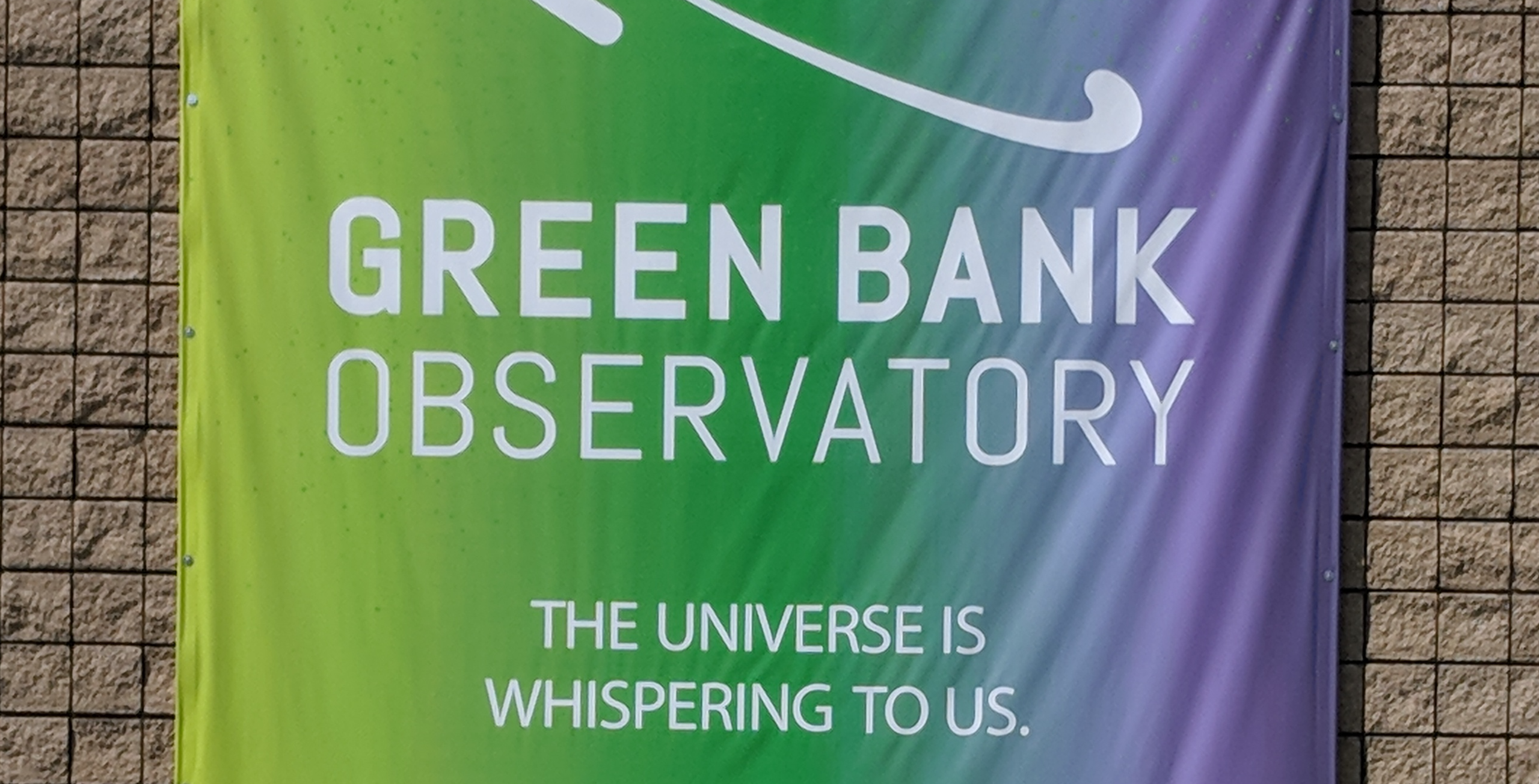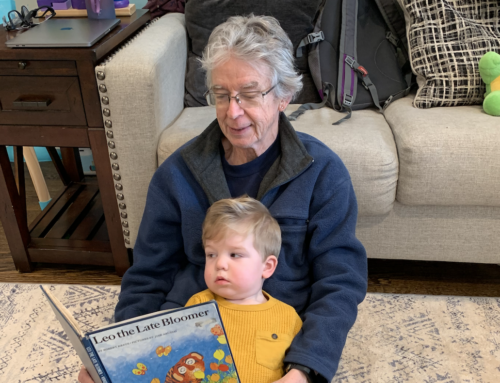A few weeks ago, my lovely wife (who’s as geeky as me when it comes to stuff about space) and I drove over six long hours to see the Green Banks Observatory.  Oh, and we brought along Argos for his first long-distance trip. He did great. In many ways, he did better than his two owners who needed frequent rest stops to stretch our stiff limbs.
Oh, and we brought along Argos for his first long-distance trip. He did great. In many ways, he did better than his two owners who needed frequent rest stops to stretch our stiff limbs.
You see, Green Banks houses some of the world’s largest radiotelescopes in the world, and they have intentionally been placed in one of the remotest areas with the least amount of people per square miles available on the East Coast because the scientists want as little interference as possible so they can listen for radio waves from other worlds. That’s also why our government established the National Radio Quiet Zone (NRQZ) which is an approximately 13,000 square miles dead zone. That’s right, no cell towers, not even microwave ovens allowed. In fact, the observatory owns a truck that drives around looking for offenders (and they find them on occasion).
While taking the tour, our guide, Tessa, explained that they’d recently had to fine one of the locals who kept turning on his hidden, bootlegged microwave oven. The radio wave detective also picked up a Dollar General Store that had recently opened in the area when their checkout scanning system sent out interference. They eventually solved the problem by painting the store with a special metallic paint that acted as a shield against the illicit waves.
Yep, these folks take their Quiet Zone seriously.
So, why did I want to visit this remote location? The short answer — because of Babble and Rabble.

Green Banks – Ground Zero for the Cosmic Conspiracy Series
When I wrote Babble during the 2013 NaNoWriMo, I searched and searched for the perfect setting where Bobby Gentry with his mother’s help could  fulfill his mission. In an effort to avoid any spoilers here, I’ll say no more about what his mission is…only that Green Banks was the perfect location for the climactic scene at the end! But life was hectic in November and the NaNoWriMo deadline was pressing me to conduct my research on Green Banks online rather than paying a visit.
fulfill his mission. In an effort to avoid any spoilers here, I’ll say no more about what his mission is…only that Green Banks was the perfect location for the climactic scene at the end! But life was hectic in November and the NaNoWriMo deadline was pressing me to conduct my research on Green Banks online rather than paying a visit.
However, as I began to write book two of the Cosmic Conspiracy series, Rabble, I decided it was well past time to pay a visit to Green Banks. (Tiny little spoiler alert, the opening scenes of Rabble take place at the giganamous Green Banks Radio Telescope.)
Is There Life in the Universe?
I doubt there’s an SF fan in the world who hasn’t asked this question multiple times: Is there life in the Universe (other than our own, of course). And there’s no better place in the world to explore this question than at Green Banks where a dedicated team of scientists work diligently every day in an effort to answer it.
Enter the Drake Equation, “a probabilistic argument used to estimate the number of active, communicative extraterrestrial civilizations in the Milky Way galaxy.” According to Wikipedia, the Drake equation is:

where:
- N = the number of civilizations in our galaxy with which communication might be possible (i.e. which are on our current past light cone);
R∗ = the average rate of star formation in our galaxy
fp = the fraction of those stars that have planets
ne = the average number of planets that can potentially support life per star that has planets
fl = the fraction of planets that could support life that actually develops life at some point
fi = the fraction of planets with life that actually go on to develop intelligent life (civilizations)
fc = the fraction of civilizations that develop a technology that releases detectable signs of their existence into space
L = the length of time for which such civilizations release detectable signals into space.
Simple, right? So, what’s the answer? Well, that’s really not the point since the “equation was written in 1961 by Frank Drake, not for purposes of quantifying the number of civilizations, but as a way to stimulate scientific dialogue.”
For more information, check out the Green Banks Observatory website.










Leave A Comment